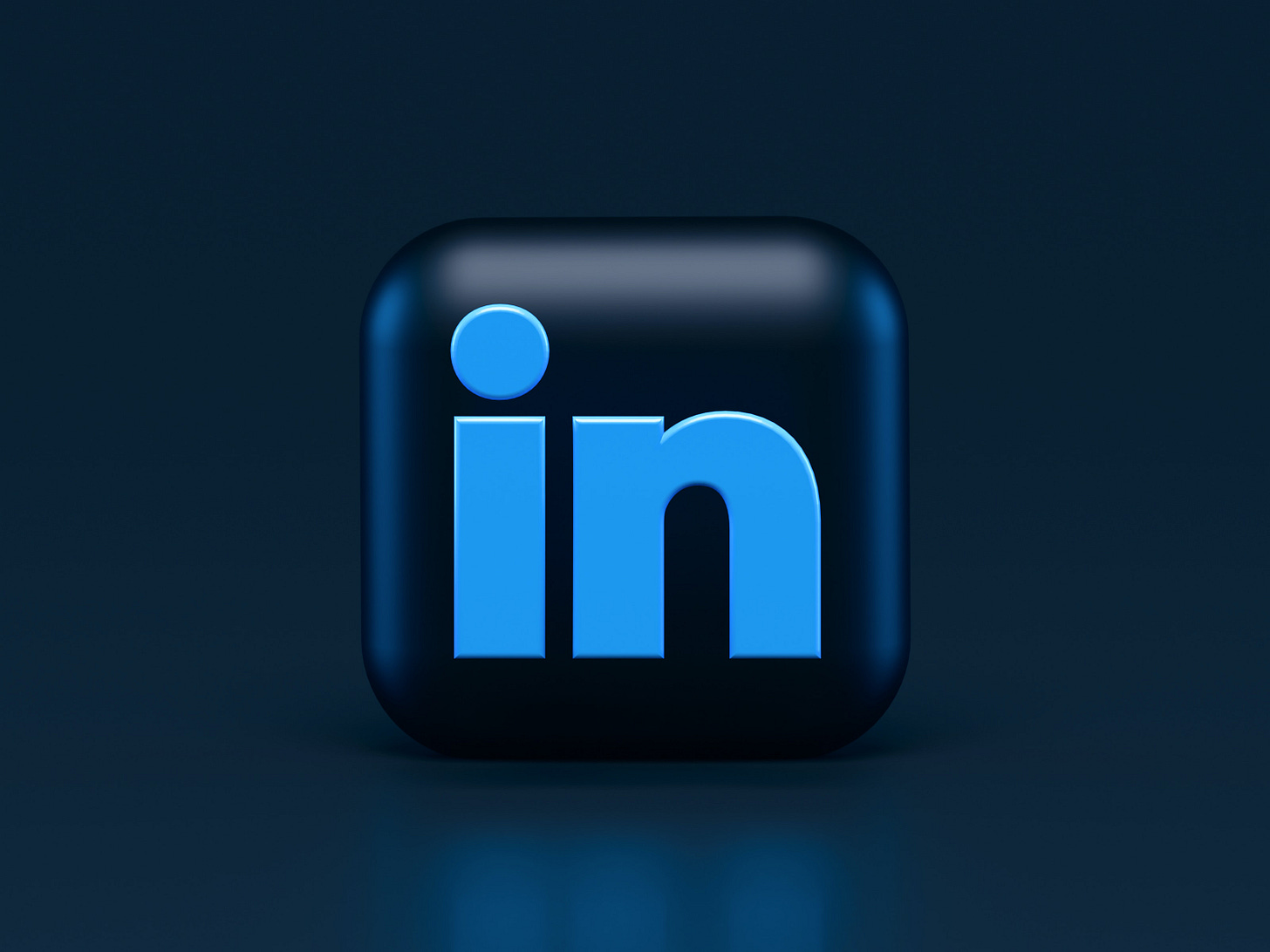How to write a good LinkedIn post in 4 easy steps?
The framework that helped me to gain followers and write some good posts

This is one question I ask (and am asked by) people often.
As a copywriter, crafting a LinkedIn post that truly mattered to my audience wasn’t an easy task.
It took me a while to figure out – how to write a great LinkedIn post.
Let me tell you: I am not Justin Welsh, Luke Matthews, or Jasmin Alic.
So, when I started taking LinkedIn seriously, I started having my fair share of struggles on this platform.
My former posts didn't get much attention, and I couldn't figure out what I was doing wrong.
But over time, I learned that the secret to success on LinkedIn lies in understanding the power of human emotion.
So, in this post, I will tell you precisely that!
The best framework to write a good LinkedIn post in 4 easy steps.
Caution: This isn’t a standard foolproof formula! This is the one I figured out after my bouts of trial and error. I will give you the framework here. You can use it and tweak it to your needs.
Step 1: Write with Emotion
When I first started on LinkedIn, I was lost.
Imagine you’re standing amongst a sea of people and shouting till your throat aches and nobody cares about you.
How would you feel then? Lost? Dejected? Sad?
I felt a mix of everything.
My posts seemed like they were disappearing into the void. It wasn't until I realized the importance of connecting on a human level that things started to change.
For Example:
Imagine you're in the shoes of your Ideal Customer Profile (ICP). Your ICP is an entrepreneur.
As their LinkedIn posts writer, you notice a problem they have - maybe it’s the lack of engagement on their posts.
This problem resonates with your audience because they've been there, too.
So, what are you going to do now?
Start writing a post that helps your ICP see how you can help them, and how you understand them and want to focus on their pain problems.
That is, You may begin a post with ‘Your posts are not gaining proper traction’ or ‘No meaningful engagement on your posts?’ or even better ‘Here is how you can improve your posts 10x’
Now good! The hook part is done!
Congrats! Move to Step 2
Step 2: The PAES Framework (Problem, Agitate, Excite, Solution)
Yeah! You read that right. It is the PAES framework and not the PAS framework.
I follow this personal framework that has been a game-changer for me - PEAS, which stands for Problem, Agitate, Excite, Solution.
Let me break it down:
Problem:
Start by addressing a pain point that your ICP experiences. Put yourself in their shoes and discuss a challenge they can relate to.
Refer to Step 1
Agitate:
Delve a bit deeper into the problem. Make your audience feel the frustration and difficulties associated with it. Stir those emotions.
For example, after writing the hook, go for 1-3 lines on why you think this problem is important.
Let us consider the same example as above.
After writing the hook, you may consider listing out all the issues that your ICP faces one-by-one. This makes your post relatable and can make your audience nod their heads vigorously.
For example: You can agitate by explaining how this lack of engagement can lead to missed opportunities and feeling invisible in the professional world.
Excite:
Here's where you share the good news - you have a solution!
Excite your audience by letting them know there's hope and a way out.
Be optimistic on this part and tell them that you have the perfect solution!
AKA hiring you!
Show them what you can do to their posts.
Compare how they did vs how you’ll do.
Follow any format in this segment (usually I use ✅ vs ❌, how you’ll do vs how I’ll do, stats, etc.)
Your method of writing ➡️ Greater visibility ➡️ Greater engagement ➡️ More leads.
For Example:
You may build excitement by saying you’ve built a method to boost LinkedIn engagement and visibility.
Solution:
Now, it's time to provide the solution AKA showing your expertise.
Show how your product, service or expertise can make their pain disappear.
For Example:
Conclude by revealing your solution, such as offering a LinkedIn engagement strategy that has worked wonders for you. It can be anything you think will be economically viable for your ICP.
Step 3: Reiterate How the Solution Will Work
Now, it's time to circle back and reinforce how your solution/service will work.
Reiterate the benefits, explain the process, and prove its effectiveness.
Share your experience using LinkedIn to boost your posts and provide evidence like statistics or testimonials.
Show them proof.
Your ICP can’t (and won’t) believe you if you don’t show them any social proof.
Don’t have any proof? No worries!
Show how you developed your LinkedIn page, engagement rates and everything by preparing a before vs after carousel.
Show to the world that you’re capable!
Step 4: End with a Strong CTA
Lastly, end your post with a compelling Call to Action (CTA) that showcases your expertise and invites your audience to take action.
For example:
Invite your readers to connect with you for more LinkedIn tips or offer a free guide to improving their LinkedIn engagement.
They aren’t engaging with you? No worries.
Take the first step of you engaging with them. They’ll start reciprocating :)
Finally….
In conclusion, writing an effective LinkedIn post is all about connecting with your audience on a human level. Follow the PAES framework – Problem, Agitate, Excite, Solution – and you'll be well on your way to creating engaging and impactful posts.
Remember, it's not just about what you say but how you say it that truly connects on LinkedIn.
Good luck! 👍



